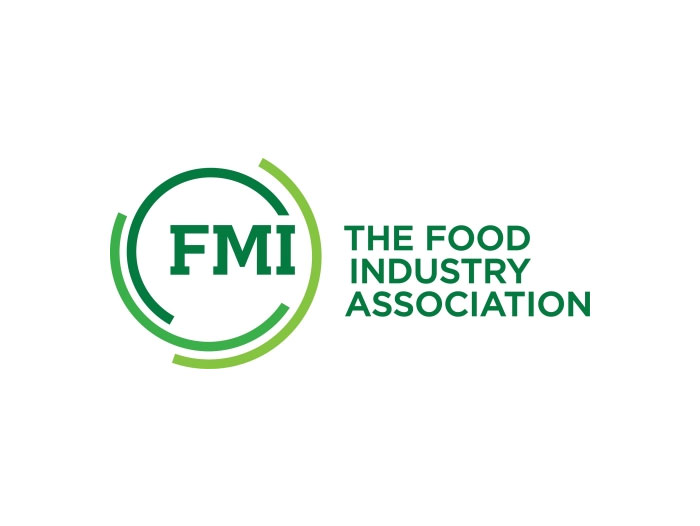How the Food Industry Prepares to Keep Shelves Stocked
November 5, 2020 | 2 min to read

We continue to experience a convergence of challenges in this country – the COVID-19 pandemic; a historic hurricane and fire season; economic distress; and heightened political and social expression – all of which are influencing changes in the way the public eats and shops.
At the height of the pandemic, Americans were stocking up without abatement. What we witnessed in U.S. grocery stores was not a result of insufficient food supply – it was due to demand. Today, based on the public statements across the food marketplace, grocers and their suppliers are sending a clear and empathetic message to their customers that they are on the shoppers’ side, and a few weeks ago, we witnessed announcements signaling a move from “just in time” to “just in case” inventory to mitigate the out-of-stock situations we witnessed earlier this year.
Changing Shopper Behavior
According to our nineth wave of the U.S. Grocery Shopper Trends COVID-19 Tracker, even as concerns about shortages have declined somewhat since July (down five percentage points), far fewer shoppers are reporting as many out-of-stocks in October (17%) compared to the early weeks of the national crisis (46%). And now, a confluence of situations is challenging the way retailers have planned for their shoppers’ buying behaviors for food holidays and social gatherings this fall and winter. Again, the food supply chain will force more companies to re-evaluate and reconsider what the right balance of inventory will mean for the near-term and the future. New patterns of shopping behavior continue to challenge businesses to revise their inventory strategies.
To read the rest of the story, please go to: FMI
